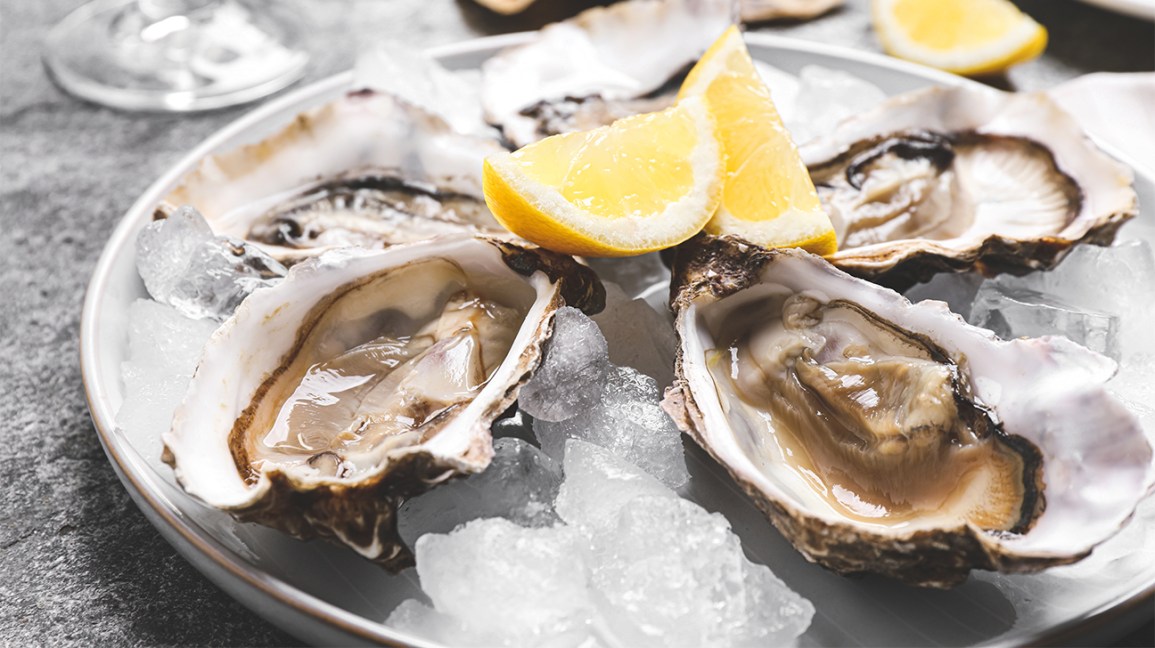Oysters are a popular shellfish enjoyed by many for their rich, briny taste and meaty texture. If you’re an oyster lover buying them in bulk, you’ve probably wondered – just how many oysters actually come in a sack? The number can vary quite a bit depending on the type and size of sack. In this article, we’ll provide a thorough breakdown of oyster sack sizes and how many oysters you can expect to get.
Typical Oyster Sack Sizes
Oysters are sold commercially in burlap sacks that typically come in these common sizes:
- Retail sack: around 30-40 lbs, contains 80-120 oysters
- Bushel: around 45-60 lbs, contains 100-150 oysters
- Boat sack: around 80 lbs, contains up to 220 oysters
Retail sacks are best suited for personal consumption or smaller events. Bushel sacks can feed larger gatherings. Boat sacks are mainly for commercial buyers since they contain lower quality oysters.
Now let’s look at each type of sack in more detail
Retail Oyster Sacks
Retail sacks are the most common size sold for personal use. Here’s what to expect:
- Weigh 30-40 pounds
- Contain 80-120 oysters
- Oysters are graded for consistent quality and size
- Typically costs $30-$60
A 30-40 pound retail sack provides enough oysters for a small dinner party or oyster roast for 4-6 people. The oysters will be nicely sorted for shell shape and size uniformity since they are sold commercially Expect to pay $1-$2 per oyster
Bushel Oyster Sacks
Bushel sacks are the next size up from retail sacks. Details:
- Weigh 45-60 pounds
- Contain 100-150 oysters
- Less sorting than retail sack oysters
- Prices range from $60-$150
With 100-150 oysters, a bushel sack can feed up to 25-30 people. You may get more variability in size and shape since they are less sorted than retail sacks. Price per oyster drops to $0.50-$1.50 each.
Boat Sacks of Oysters
Boat sacks are the largest size sold:
- Weigh around 80 pounds
- Contain up to 220 oysters
- Primarily sold to commercial buyers
- Least uniformity in quality and size
Boat sacks come direct from oyster boats and contain a mix of small, misshapen, and clustered oysters. Since they’re not graded for quality, you get more oysters per sack but of lower quality than retail or bushel sacks. Stick to boat sacks only if buying large quantities for commercial use.
Why Oyster Counts Vary
Even with typical size ranges, oyster counts per sack can vary slightly. Here are some factors that affect the numbers:
-
Oyster size – Larger oysters mean fewer per sack, smaller means more.
-
Shell shape – Misshapen oyster shells take up more space.
-
Clustering – Clumped oysters reduce the number that fit in a sack.
-
Regional differences – Oyster size varies between growing regions.
-
Time of year – Oysters grow more over summer, increasing size.
Your best bet is to ask sellers for an approximate count if you need to know exactly how many oysters you’re getting.
Storing Oyster Sacks
To keep sack oysters fresh until use:
-
Keep sacks chilled at 38-40°F constantly.
-
Don’t let oysters sit in standing water which speeds spoilage.
-
Discard any oysters with cracked shells or foul odors.
-
Store shucked oyster meat drained on ice in a covered container and use within 4 days.
Proper icing and drainage preserves shelf life. Only buy sacks far in advance if you have refrigeration to store them.
Enjoying Oysters from a Sack
No matter which size sack you get, there are endless ways to serve and eat delicious oysters:
-
Shuck and serve raw over crushed ice with mignonette, lemon, and cocktail sauce.
-
Grill, fry, bake, or smoke oysters for appetizers.
-
Add chopped oysters to pasta, soups, stews, and stuffing.
-
Rockefeller, Casino, Oregano, or Bienville baked oyster recipes.
So now that you know approximately how many oysters come in retail, bushel, and boat sacks, you can better plan for your next oyster feast!

How Many Oysters Can We Eat in 1 Minute? | Salt Life
FAQ
How many oysters are in a sack of oysters?
How many oysters are in a 50 lb bag?
How much is a sack of oysters in Louisiana?
|
Variety
|
Size
|
$/ea
|
|
In the shell
|
sack 32 lbs.
|
$64.99
|
|
In the shell (36 ct)
|
small sack
|
$39.99
|
|
|
|
[ COMING SOON ]
|
How many oysters are in a cage?
How much meat does a sack of oysters produce?
Oysters are harvested throughout the year, but the meat yield differs with the season. Oysters harvested in the winter yield roughly eight pounds of oyster meat per sack while oysters harvested in the summer on average yield six pounds per sack.
How are Oysters sold raw?
Oysters are sold raw in the shell in a number of ways. Many retail seafood markets offer oysters by the piece. Other measurements include by the dozen, peck, bushel or 100 lb bag. A bushel is a U.S. and imperial unit of dry volume, equivalent in each system to 4 pecks, 8 gallons, 32 quarts. 1 United States bushel = 2150.42 cubic inches;
How many oysters should you order?
Many pros, including Erin Murray, author of Shucked, have some pretty strong opinions about how many oysters you should order. In a restaurant setting, Murray recommends ordering 6 oysters per person, which could be great for an appetizer. However, ordering in bulk for a party is a different story.
How many gallons in a bushel of oysters?
A bushel is a U.S. and imperial unit of dry volume, equivalent in each system to 4 pecks, 8 gallons, 32 quarts. 1 United States bushel = 2150.42 cubic inches; 1 Imperial bushel = 2219.36 cubic inches. Sizes of raw oysters in the shell vary widely depending on species and location.
